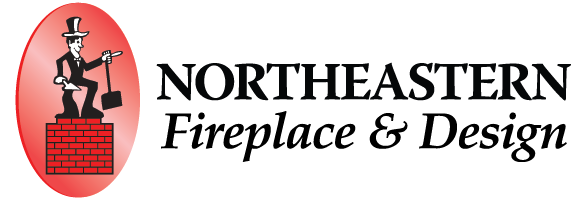With economic uncertainty and high fuel prices, many people are considering switching to wood heat—either cordwood for a high efficiency wood stove or fireplace insert, or wood pellets for a pellet stove. The main reason people do this is to save money. But how much can you really expect to save? The answer is not always that easy to figure out. We’ll help you take a look at what kind of savings you can expect if you decide to switch to wood. 
Hope You Don’t Mind a Little Math
The challenge to comparing the cost of each respective heating method is to first understand how each is sold. Wood is sold by the cord (which is equal to 132 cubic feet of stacked wood), pellets are sold by the bag or the ton, natural gas is sold by the therm, and fuel oil is sold by the gallon. In order to make sense of these different units or measure, it’ll be easier if we first convert them to a common measure—a gigajoule is equal to about the same as a million BTUs). To convert them, you’ll need to take into account how many gigajoules are in a cord, ton, gallon, and kwh of fuel, and then factor in the efficiency of the stove, boiler, or heater that you’re using. After doing all of this, you can get a true picture of how much you can save by switching from one heating fuel to another.
Hidden Costs of Heating with Wood
Even in these days of low cost natural gas, wood is still a good bet for cost effective heat. However, before you rush off to switch over to wood heat, you need to realize that there are some non-monetary costs associated with wood heat. First, you need to recognize that there will be some labor involved—loading the stove, starting the fire, cleaning out the ashes. If you decide to cut and split your own wood, you’ll find that there’s a lot of effort involved (and make sure you’re properly trained in the safe cutting of wood before you start). Secondly, carrying wood around the house tends to track in a bit of bark and dirt. In general, wood pellets and pellet stoves are less labor or mess, but the pellets themselves are also more expensive—it’s a tradeoff between price and effort. Thirdly, wood heat requires a bit of attention—checking the fire and adding fuel as needed. Gas and oil are usually automatic.
Hidden Benefits of Heating with Wood
While there are hidden costs, there are also hidden benefits. One of the best is that wood heat provides a toasty warm spot in the house that’s ideal when you come in from the cold. Also, if you have a glass door on your stove, it can be a very attractive addition to your home. Lastly, wood heat is renewable, and there’s something good about knowing that the fuel for your wood heat is growing back on an annual basis. Heating with wood is about a lot more than home heating. It’s also an expression of self-reliance (for those who opt to chop their own wood). Heating with wood reinforces links to land and our ancestors. Just because you love the look, warmth and ambiance of a wood-burning fire doesn’t mean you have to stick it to Mother Earth. Modern wood-burning inserts burn cleaner and waste less fuel than wood-burning units of the past. Here at Northeastern Fireplace & Design, we strive to make shopping for your new appliance and all the accessories you want as easy as possible. Not sure what you want? We’re here to listen and offer unbiased advice, so that you can make a decision and a purchase that you can be confident in. Simply call us at (518) 767-9314 or stop in and see us!
